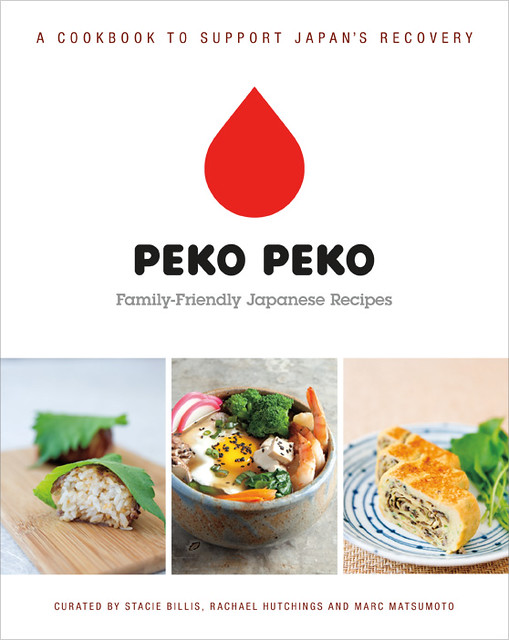Podcast: Play in new window | Download (Duration: 35:43 — 32.7MB)
It’s been a year since the 9.0 magnitude earthquake struck Japan, on March 11, 2011.
But did you know that the region hit was the 2nd largest food production region in Japan?
Tohoku is one of Japan’s major seafood producing regions with a number of fishing ports being home to deepwater and tuna fishing fleets. The region suffered widespread damage to its fishing industry, which in some areas could take years to recover.
Tohoku made up 20% of Japan’s fisheries production. Many processing plants were destroyed by the tsunami and many fishing boats were destroyed in the ports. Many fishermen and fishery processing workers died.
Even one year later, they still have problems landing fish in Tohoku as many ports are damaged and not fully working. Those fishing ports that are open still face numerous problems as the storage and processing plants that were damaged or destroyed still have to be repaired or rebuilt.
Debris from the tsunami, estimated as tens of millions of tons, is still floating off the Tohoku coast and washing up at ports. The debris is floating dangerously in shipping lanes and blocking ports.
The nuclear crisis caused many consumers to stop eating seafood and other products from these regions, fearing they were contaminated and could cause cancer if eaten. Restoring public confidence will be difficult, but necessary in rebuilding the region’s industry.
In March 2011, Japanese officials announced that “radioactive iodine-131 exceeding safety limits for infants had been detected at 18 water-purification plants in Tokyo and five other prefectures.” As of July 2011, the Japanese government had been unable to control the spread of radioactive material into the nation’s food.
Radioactive material has been detected in a range of produce, including spinach, tea leaves, milk, fish, and beef, up to 200 miles from the nuclear plant.
Inside the 12-mile evacuation zone around the Fukushima nuclear plant, all farming has been abandoned.
As of February 2012, the crippled Fukushima nuclear plant is still leaking radiaton and areas surrounding it could remain uninhabitable for decades due to high radiation. It could take “more than 20 years before residents could safely return to areas with current radiation readings of 200 millisieverts per year, and a decade for areas at 100 millisieverts per year”
Even today, more than 160,000 people remain displaced – many of these people may never be able to return to their homes.

Japan still needs our help! Here are a few ways you can help out:
- Order a copy of the Peko Peko Cookbook, with Japanese recipes from many bloggers including our very own Rachael Hutchings. All proceeds to go the Global Giving Japan Earthquake and Tsunami Relief Fund.
- Tales from High Mountain by Tara Austen Weaver is a well-written book about her time living in Japan. All proceeds go to help Japan.
- The slightly racy Nudie Foodies cookbook is donating all their proceeds to the AmeriCares Japan Earthquake and Tsunami Relief Fund.
- Kibo: “Brimming With Hope” by Elizabeth Andoh is available for download now, for only $3.99 – a portion of the proceeds go toward continuing Japan relief efforts. The book is a culinary tribute to Japan’s Tohoku region and is comprised of recipes and stories from the region.
What else can we do?
- Stay educated
- Attend events to benefit the region
- TRAVEL TO JAPAN!!!!!!!!!!!!!!!!!!!!
